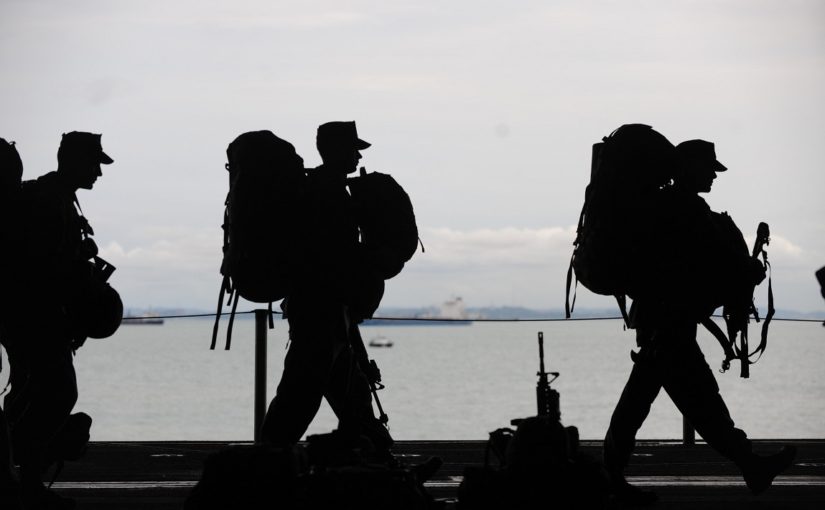If you intend to wear level IV body armor, you must ensure that your plate carrier is of the highest quality. As you walk around in the carrier, the armor plate will also move around. Plate carriers of lower quality can be damaged in such circumstances and cause issues in the field.
There are also several things that you need to consider to ensure that you’re wearing your Level IV body armor the right way. For instance, when wearing level 4 in the front of the carrier, you need also to wear a level 4 plate in the back. When you add more pouches and ammunition to the front of the carrier, the carrier will become imbalanced. To ensure that the weight is evenly distributed and that your back is adequately covered while using a level III plate, it’s a good idea to acquire the rear plate one size larger than the front.
Level IV plates with ceramic text are thicker than level III plates. You should therefore adjust your rifle’s stock and sling before going into the field and make sure that everything is correct. Additionally, ceramic armor is less cumbersome and less prone to spalling than metal armor. As a result, it may be more costly. Ultra-lightweight Polyethylene body armor has also been developed in recent years. Level III rifle round-stopping plates (which stop rounds up to 308) are the most common application for this material.
Ceramic strike faces on HDPE plates can make them certified Level 4 and stop steel core and tactical rifle bullets up to.30 caliber M2 armor-piercing rounds. Ceramic composite plates are growing better and better at taking repeated blows. This puts them up there as one of the most effective materials for stopping ballistic threats of different levels.
For more articles, please click here.
